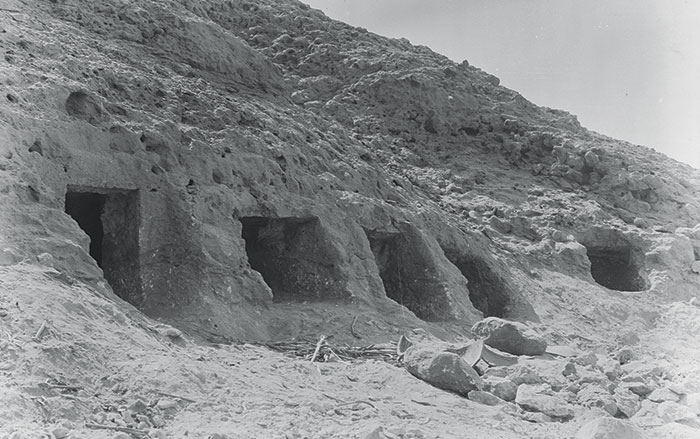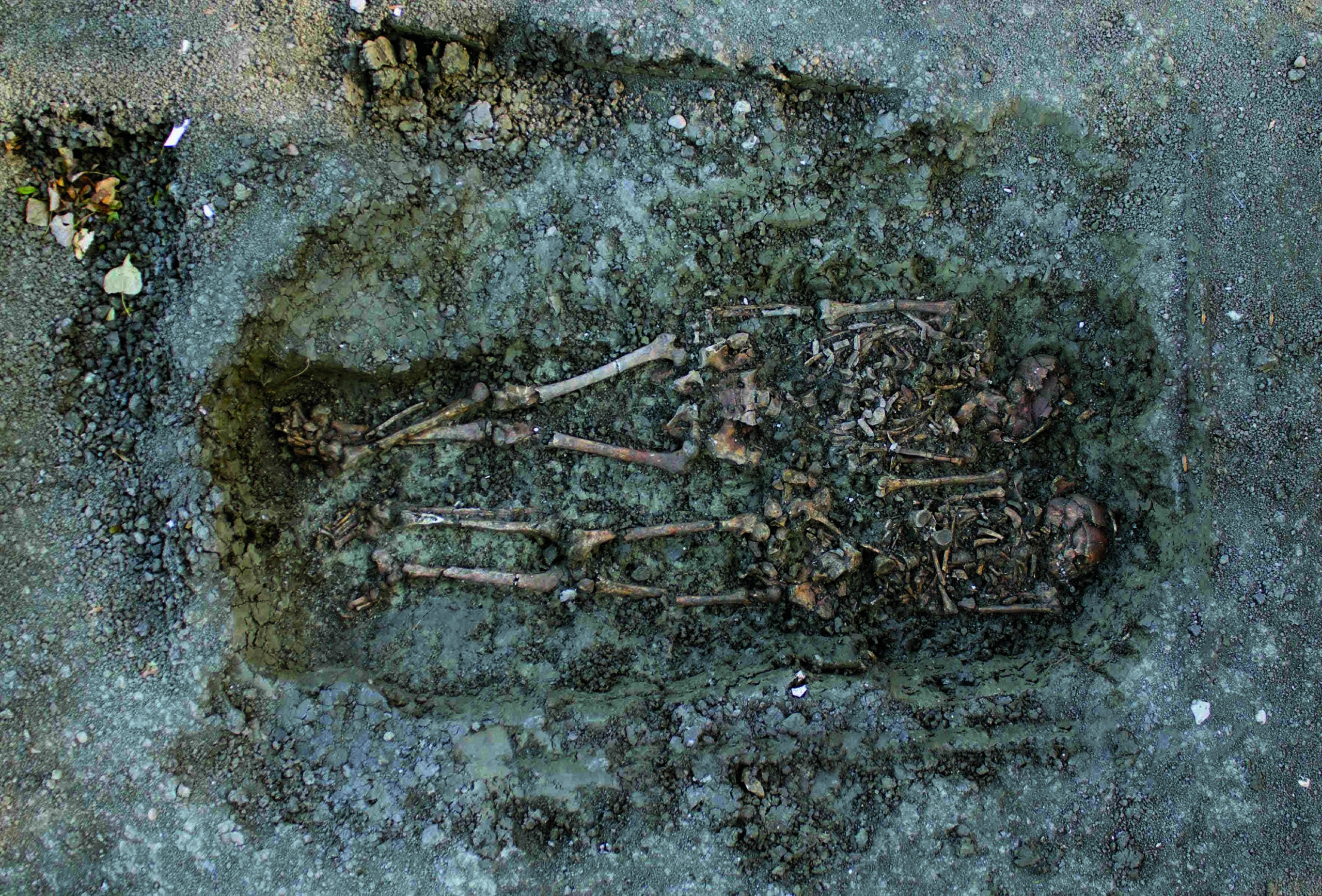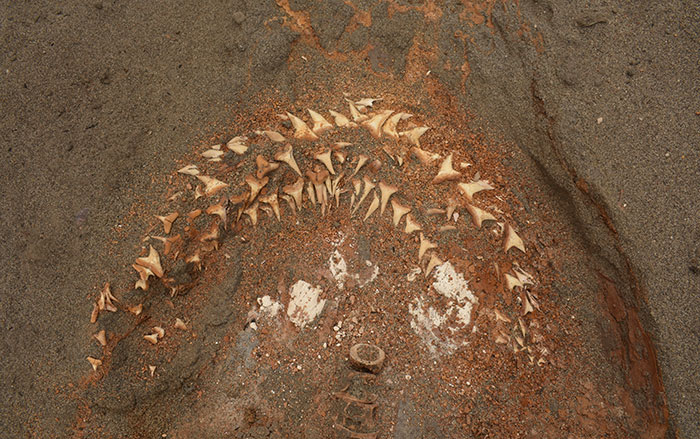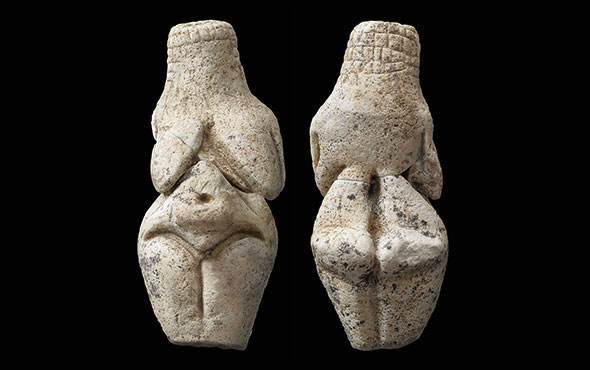
TÜBINGEN, GERMANY—According to a statement released by the University of Tübingen, Hannes Rathmann and Hugo Reyes-Centeno suggest that certain aspects of inherited tooth shape such as the groove pattern in crowns, the relative size of cusps, the number of roots, and the presence and absence of wisdom teeth can be used to track genetic relationships among human populations. Teeth are made up of the hardest material in the human body, and are often well preserved when other parts of the body have decomposed. The researchers compared DNA data with dental traits, and combinations of dental traits, and identified a set of dental combinations associated with genes likely to have evolved by chance, and not in response to chewing behavior or environmental factors. In this way, dental traits can become a proxy for DNA, Reyes-Centeno explained. The study could help scientists track the evolution of modern humans and the migration of ancient populations when DNA samples are unavailable, he added. For more on extracting ancient DNA from teeth to learn about the human past, go to "Worlds Within Us."











